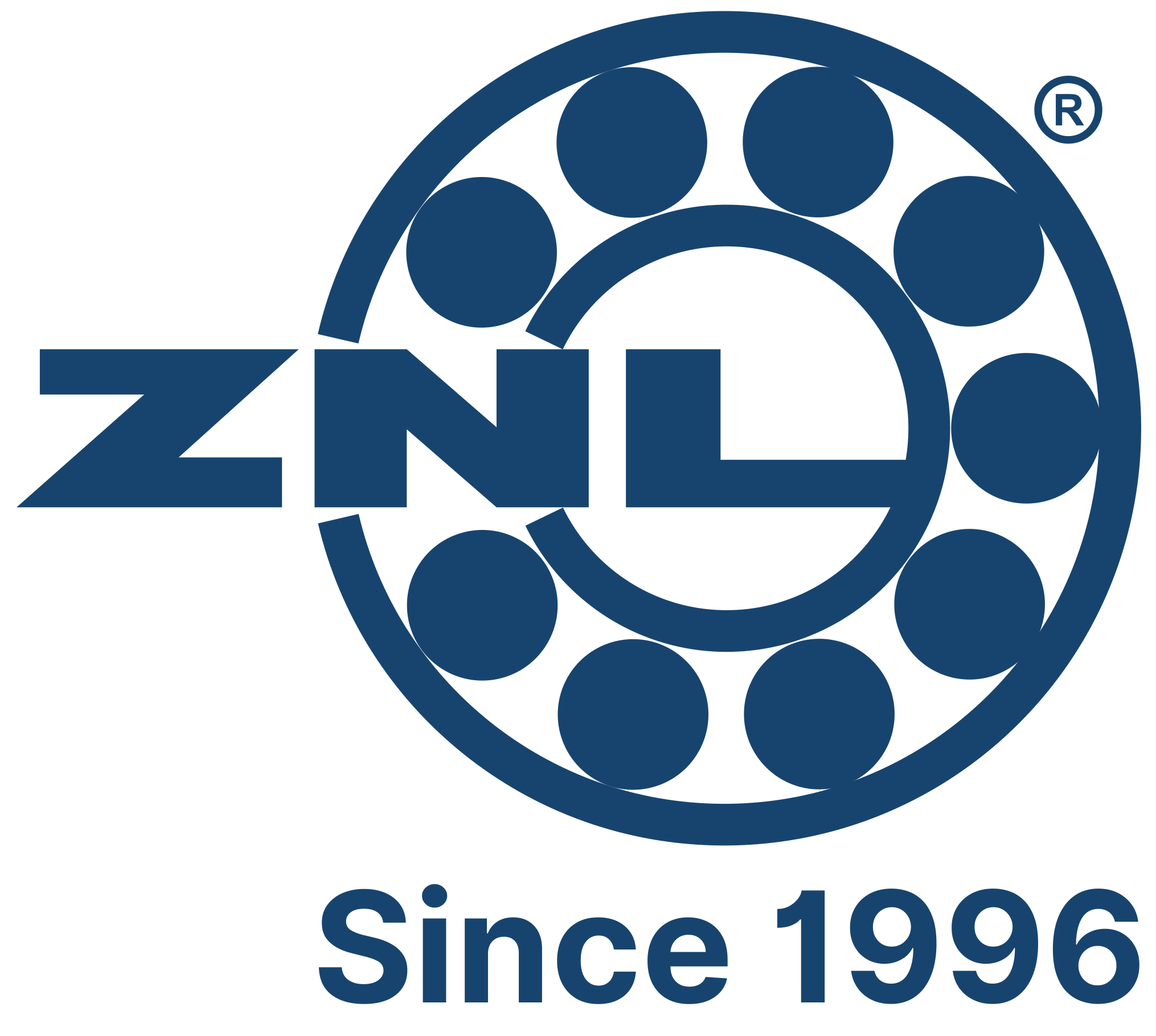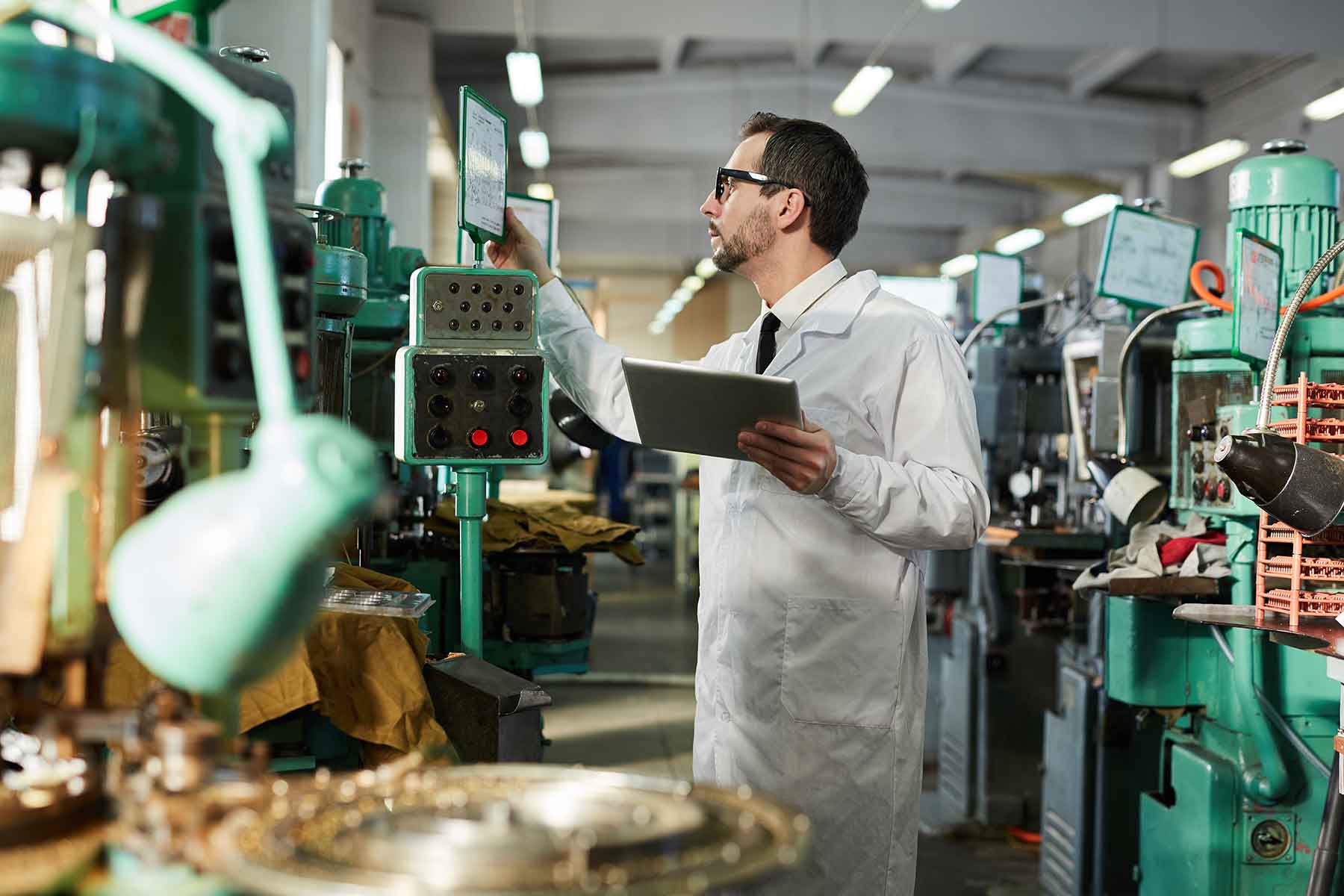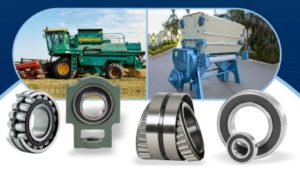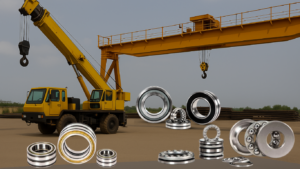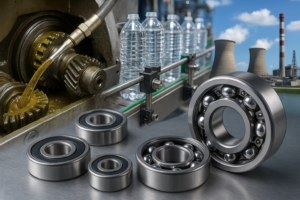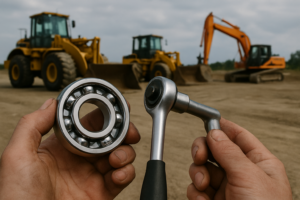The Industrial Revolution catalyzed the turning point in the history of humanity from a village-based economy to a society of mass production and quickly followed the path to the revolution in the agricultural sector. The phase from the last part of the 18th century to the first part of the 19th century is portrayed by the high rate of technological inventions and the emergence of the machinery. Among the many inventions that were the reasons for the development of this revolution, bearings were a very significant one. The mechanical elements were the determining factors in the effectiveness and reliability of machines that led to the productivity hike to record levels and economic development. ZNL Bearings, a trusted bearing supplier, carries on the tradition of new technology and quality, by providing essential bearings to keep moving the industrial sectors.
The Basics of Bearings
However, before discussing the history and the necessary groundwork for bearings, we need to know the bearings’ nature, and their main function first. Bearings are mechanical devices which are made to reduce friction amongst moving parts. The task of bearings is to make the motion smooth and efficient through the provision of support for the rotational or linear movement and the minimization of the resistance to that movement. There are different kinds of bearings which are ball bearings, spherical roller bearings, tapered roller bearings, cylindrical roller bearings and plain bearings. Each type of these bearings is suitable for a different application and load condition.
Early Beginnings
The idea of bearings is not a new concept. The first simple bearing devices have been used for thousands of years. For example, ancient Egyptians used lubricated wooden bearings to transport large stones used in the pyramid-construction program. However, it wasn’t until the Renaissance period that the principles of bearings were scientifically understood and enhanced. Leonardo da Vinci is often given credit for introducing modern bearings, with his drawings showing ball and roller bearings intended to reduce friction.
Bearings in the Industrial Revolution
Enhancing Machinery Efficiency
A key characteristic of the Industrial Revolution was rapid machine advancement and dissemination— from textile mills to steam engines— requiring efficient, reliable components for effectiveness including indispensable bearings which significantly reduced friction and enabled smooth machine operation with minimized energy consumption and wear out.
For instance, in textile mills, the introduction of bearings in spinning and weaving machines enabled higher speeds and increased productivity. The reduction in friction meant that machines could operate for longer periods without overheating or breaking down, thus maximizing output and minimizing maintenance.
Steam Engines and Bearings
The use of bearings benefitted the steam engine greatly. Bearings were utilized in the design of the first steam engines, in which the friction was so high that it lowered their effectiveness and power. The implementation of bearings into steam engine design helped overcome these problems and hence made possible better conversion of steam power into mechanical energy.
So, the most important result of the bearings was that the rotary motion in the steam engines was mainly powered by them and by so doing they could diminish the power wastage through the reduction of the friction between the turning shaft and the housing of the units. The lowering of the friction not only elevated the motor’s efficiency but also lengthened its requirement which then made steam power a more secure and limitless energy for industrial companies.
Bearings in Transportation
The rapid growth in the means of transportation during the Industrial Revolution reveals the most remarkable improvements made in moving from place to place like construction of railways as well as steamships. As a result of this enhancement, bearings were crucial as they sought to promote the performance as well as dependability of the locomotive engines and also marine engines. According to Beale (2005), they were mandatory due to their role in eliminating rolling and sliding friction in locomotives. Without friction reduction mechanics, the first steam-powered trains would not have been possible. In the same way that propulsive systems in steamships benefited through enhanced bearings, it also helped in the enlargement of commercial ocean trade and globalization as a whole.
The Bearing Evolution
The demand for better bearings during the Industrial Revolution spurred significant technological advancements. The development of new materials, manufacturing techniques, and design innovations led to the creation of more durable and efficient bearings.
Materials and Manufacturing
Long ago, bearings were usually made of timber, iron or bamboo. Unfortunately, neither bamboo nor timber could last long. Steel discovery and implementation enabled significant advancement in the bearing field. Quality and performance of steel bearings were significantly improved since they could resist high forces and velocities due to their strength.
The development of such technologies as precision machining and heat treatment has contributed to the improvement of bearings’ quality and performance. These developments made it possible to make a lot of bearings with the same quality that made them cheaper and accessible for their use in industry.
Design Innovations
The Second Industrial Revolution was marked by the introduction of a lot of design enhancements in the field of bearing technology. The invention of ball bearings and roller bearings, to name a few, even changed the design of machinery production. These bearings were superior in the abilities such as carrying loads and were also more effective concerning the friction of their predecessors.
A major invention signified the introduction of the self-aligning ball bearing by Sven Wingquist in 1907. This new design made it possible to have some play between the bearing and its housing, so a more reliable and maintenance-friendly design was created. These ideas were absolutely essential in the production of industrial applications that were under heavy load, as well as many others.
The Lasting Impact of Bearings
The modern industrial age is really built on the technologies that were developed, particularly the innovations in bearing technology that started in the Industrial Revolution. Bearings continue to be a significant component in numerous major productions, from automotive and aerospace to robotics and renewable energy.
Bearings in Modern Industry
Almost all cars and machines used in transportation today have bearings to help them function optimally. They are basic to the operation of the various devices such as motors, turbines, gearboxes, and many other mechanical systems. The basic principles of reducing friction and maximizing efficiency which led the development of bearings in the Industrial Revolution are still pertinent in engineering now.
Innovations and Future Trends
Driven by the need for better performance, extended operational duration, and improved consistency, the area of bearing technology keeps changing. The outer limits of practical manufacturing are being extended by things like clever bearings that incorporate detectors in them, ceramic bearings and magnetic bearings. Such upgrades are anticipated to lead to increased productivity and longevity in forthcoming industrial utilizations.
Conclusion
The Industrial Revolution was a period of unparalleled technological advancement, and bearings were one of the unsung heroes of this transformative era. By reducing friction and enabling more efficient machinery, bearings played a crucial role in driving industrial progress. The legacy of these innovations endures in the modern world, where bearings continue to be essential components in a wide array of applications. As technology advances, companies like ZNL Bearings are at the forefront of innovation, ensuring that the evolution of bearing technology will continue to fuel industrial innovation and progress for years to come.
